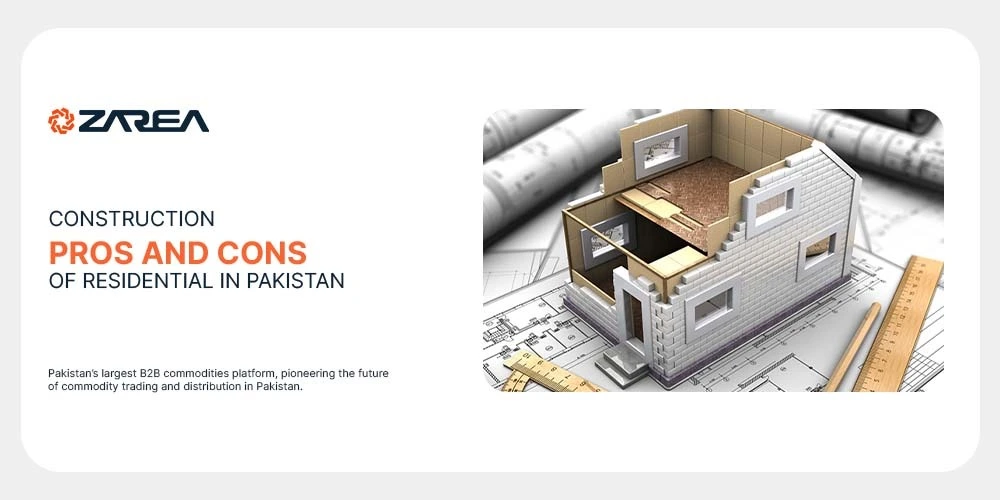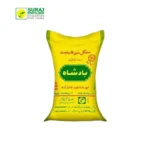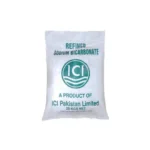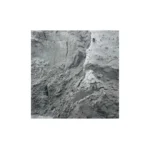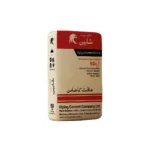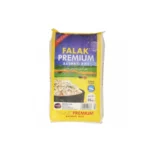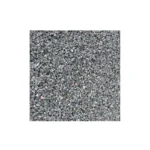Introduction – Construction pros and cons:
Due to urbanisation, population expansion, and government-sponsored housing projects, residential development in Pakistan has increased significantly during the past 10 years. Despite the industry’s bright future, it is crucial for developers, homeowners, and investors to understand the benefits and drawbacks of building. The advantages and challenges of house construction in Pakistan are examined in this professional handbook.
One of the many choices homeowners must make when starting a building project is which management model to choose. For some people, construction management is the best choice since it offers transparency and project control. Homeowners who want a hands-on approach to their construction project may find construction management to be an alluring option.
Those that appreciate openness, pay close attention to details, and feel at ease participating in decision-making processes will find this management style very appropriate. It’s perfect for people who want to maintain direct control over the budget management of their project and the choice of subcontractors.
Concept of Residential Construction:
The main goals of residential construction include home building, remodelling, and renovation. The goal of these projects is to provide comfortable living spaces, whether they are single-family homes, condominiums, or apartment complexes. The lower scale of residential building in comparison to commercial projects is one of its main features. Residential projects frequently need for simpler planning and approval procedures and involve fewer stakeholders.
When building a home, attention to detail is essential. Every option, from material selections to room arrangements, attempts to produce a house that is both visually beautiful and useful. In order to ensure that the finished product represents the homeowners’ own style, architects and designers collaborate closely with homeowners to understand their demands.
Comprehending Commercial Construction:
Buildings intended for commercial usage, such as offices, retail establishments, and industrial facilities, are included in commercial construction. Larger-scale projects, intricate designs, and a greater variety of stakeholders—such as architects, engineers, and speciality contractors—are important characteristics. Certain rules and guidelines pertaining to fire safety, accessibility, and safety must be followed by these projects.
Advantages of Residential Building in Pakistan:
Strong Need for Housing
Pakistan has a shortage of about 10 million housing units, according to national housing surveys. Housing construction is greatly needed as a result of this discrepancy, particularly in urban regions like Lahore, Karachi, and Islamabad.
Economic Boost and Job Creation
An important part of the national economy is the house building sector. Millions of skilled and unskilled workers are employed in the more than 40 linked sectors it supports, including cement, steel, paint, tiles, and sanitary items.
Government Encouragements
The rise of the business is aided by government efforts like as the Naya Pakistan Housing Program (NPHP) and construction amnesty programs, which provide builders tax breaks and regulatory leniencies.
Opportunities for Real Estate Investment
With consistent increases in land and property values, residential real estate offers long-term investment prospects. As a result, the sector attracts both international and domestic investment.
Technological Progressions
Digital platforms such as Zarea facilitate smooth acquisition of high-quality construction materials at prices that compete in the market. Access to validated vendors, comparative evaluations, and clear transactions enhance project effectiveness.
The drawbacks of building homes in Pakistan:
Regulatory Obstacles
The legal and regulatory system can be difficult to navigate and time-consuming. Problems including zoning laws, approval hold-ups, and property ownership conflicts can cause delays in project completion times.
Growing Costs of Construction
Project costs are raised and affordability is decreased by fluctuations in the price of raw materials like as steel, cement, and bricks. Both end users and builders are impacted by this.
Issues with Infrastructure
Basic infrastructure, such as roads, drainage systems, and energy supplies, is still insufficient in many regions of Pakistan, particularly in peri-urban and rural areas. This has an effect on the standard of residential construction.
Skilled Labour Deficit
The quality of construction and project execution are impacted by a shortage of competent workers and qualified specialists. This leads to poor housing outcomes, delays, and cost overruns.
Sustainability and Environmental Issues
Deforestation, the loss of green areas, and poor energy use are the results of rapid building without adequate environmental studies. The industry has yet to implement many eco-friendly methods.
Zarea’s Function in Resolving Construction Issues:
Zarea assists in reducing the construction pros and cons of building by providing:
- Certified and validated vendors of high-quality materials
- Analysis of comparative rates and real-time pricing
- Solutions for digital payments
- Availability of professional advice for the best choice of materials
- These services guarantee project efficiency and quality control while enabling developers and individuals to make well-informed decisions.
Final Thoughts:
Successful project design and execution need an understanding of the construction pros and cons of residential development in Pakistan. The industry has enormous development potential and financial advantages, but it also confronts significant obstacles that need to be carefully considered. Pakistan’s home building industry has a bright future because to aggressive government initiatives and contemporary platforms like Zarea.
Construct intelligently. Create a sustainable environment.

